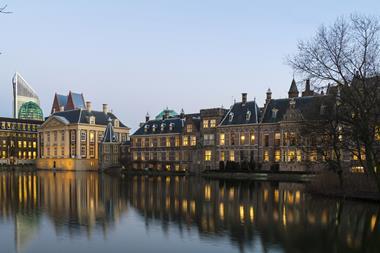More than 50 underfunded Dutch pension funds have indicated that they want to raise their risk profile this year in a bid to improve returns, according to supervisor De Nederlandsche Bank (DNB).
It said 159 schemes were eligible for a one-off increase of their investment risk. These schemes had a coverage ratio of between the required minimum of 105% and the prescribed level for financial reserves of approximately 125%.
DNB made clear that the 53 pension funds that took up the opportunity had predominantly opted for a reduction of their interest rate hedge, sometimes combined with an increase in equity allocations.
The watchdog said it assessed the schemes’ requests against criteria such as a “balanced approach towards their participants” as well as the impact of the adjustment on different generations.
DNB said it would also look into the decision-making process and whether the pension funds still had a clear view on downside risk after any adjustments.
The supervisor indicated that three pension funds had decided not to change their risk profile after consultations with DNB. Five schemes would be allowed to raise their investment risk after their funding had improved to more than 105%, it added.
Pension funds that increase their investment risk must raise their financial buffers at the same time. DNB said the required asset level had increased by 3% on average.
The one-off option to raise the risk profile is part of the new financial assessment framework (nFTK), which was introduced in 2015.
During the past two years, 45 pension funds in total – including the schemes of coffee producer Douwe Egberts, BpfBouw, and UWV – have used this option.
Pension funds with a coverage of less than 105% are not allowed to increase their risk level, while schemes with a funding of more than 125% do not face limits in principle.








No comments yet